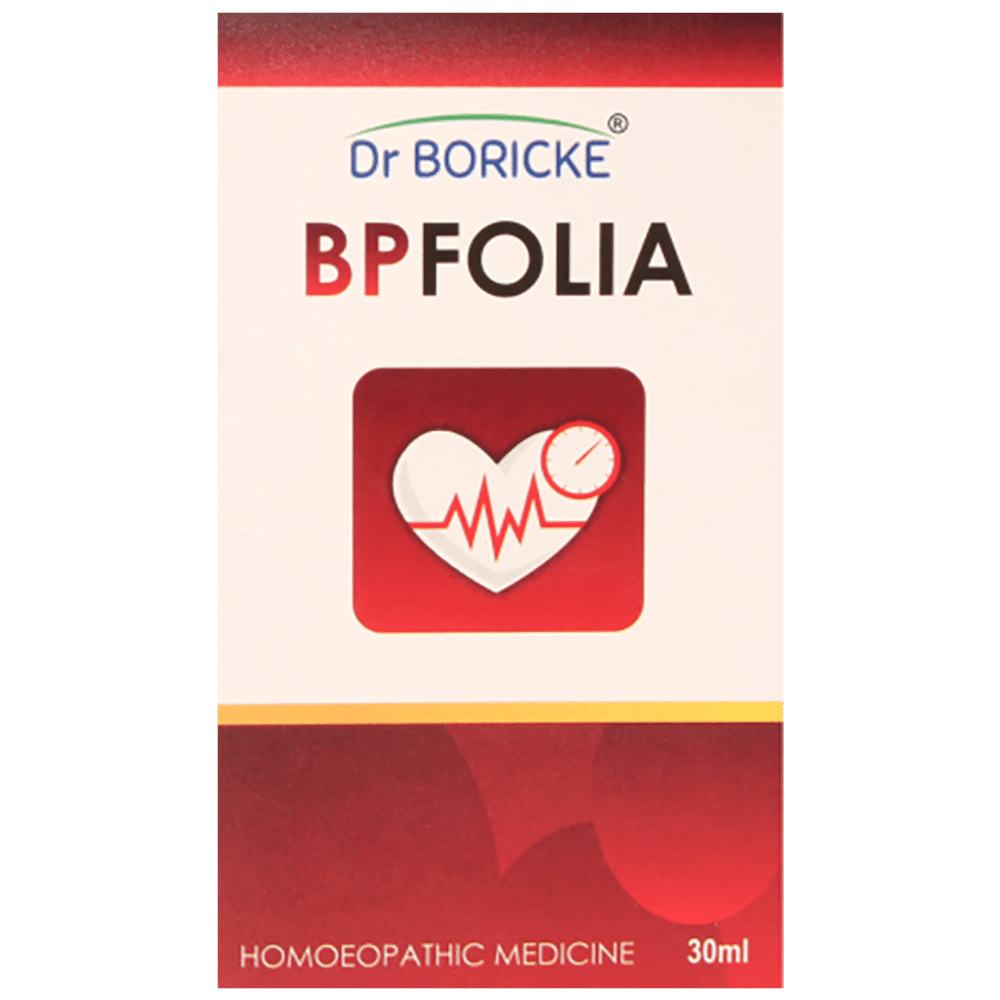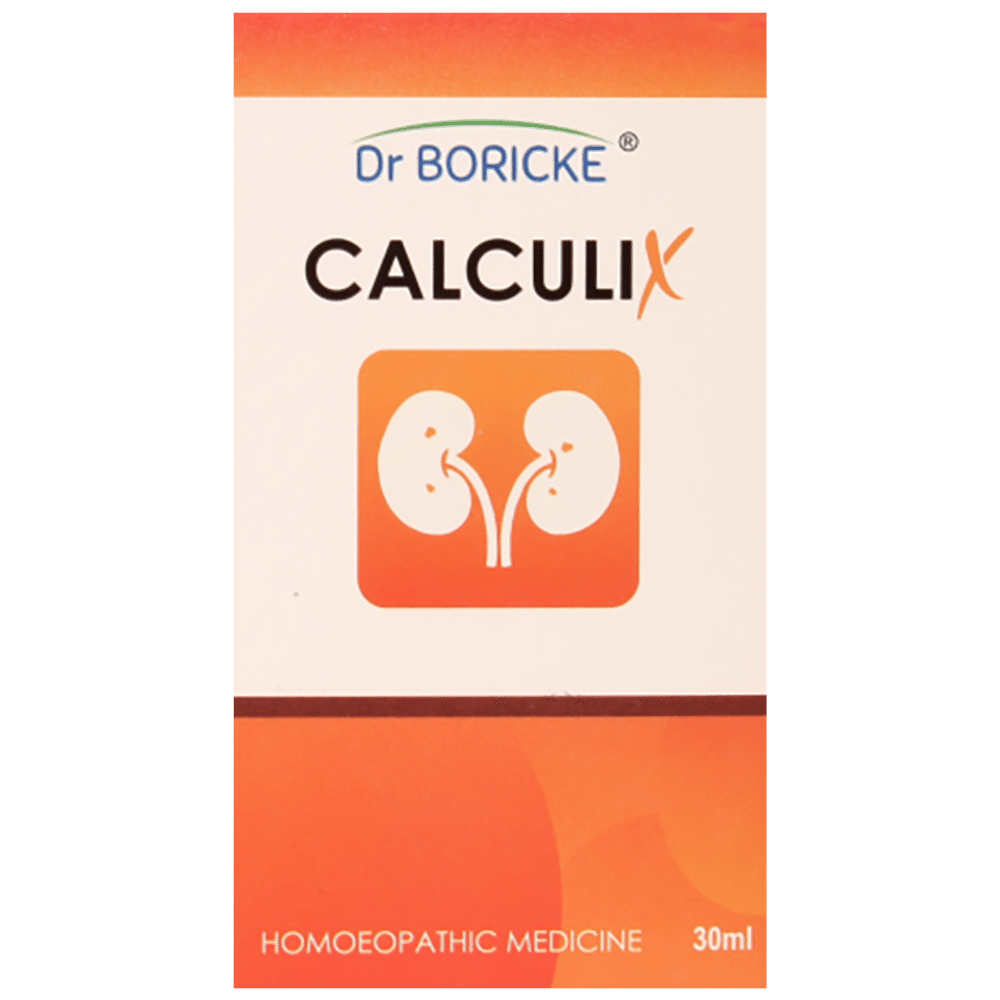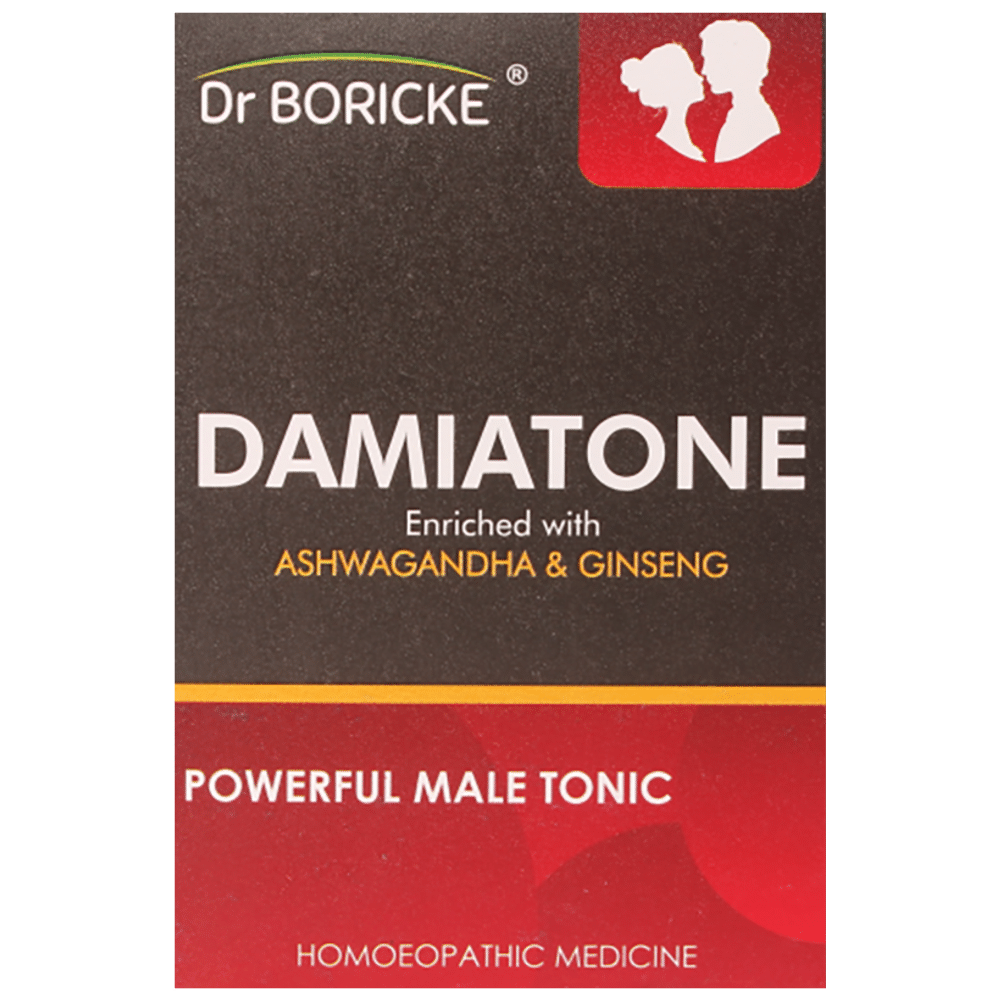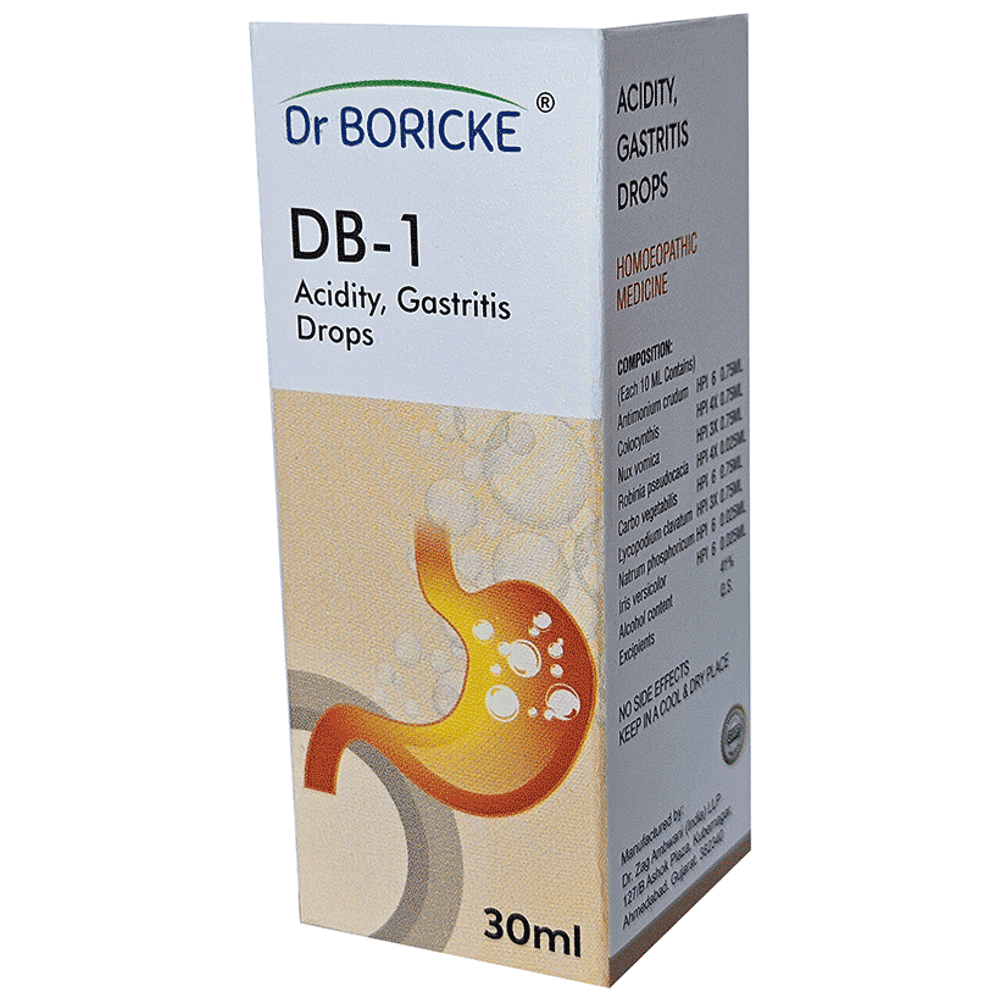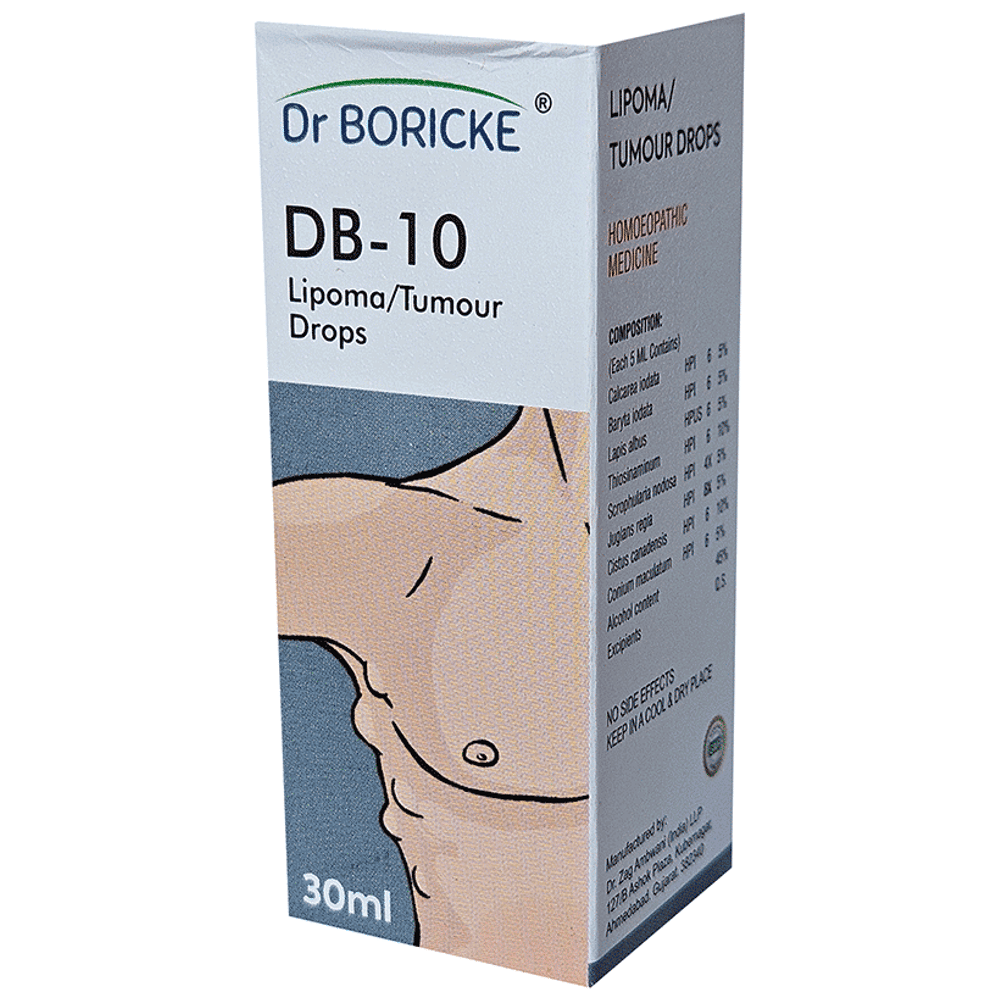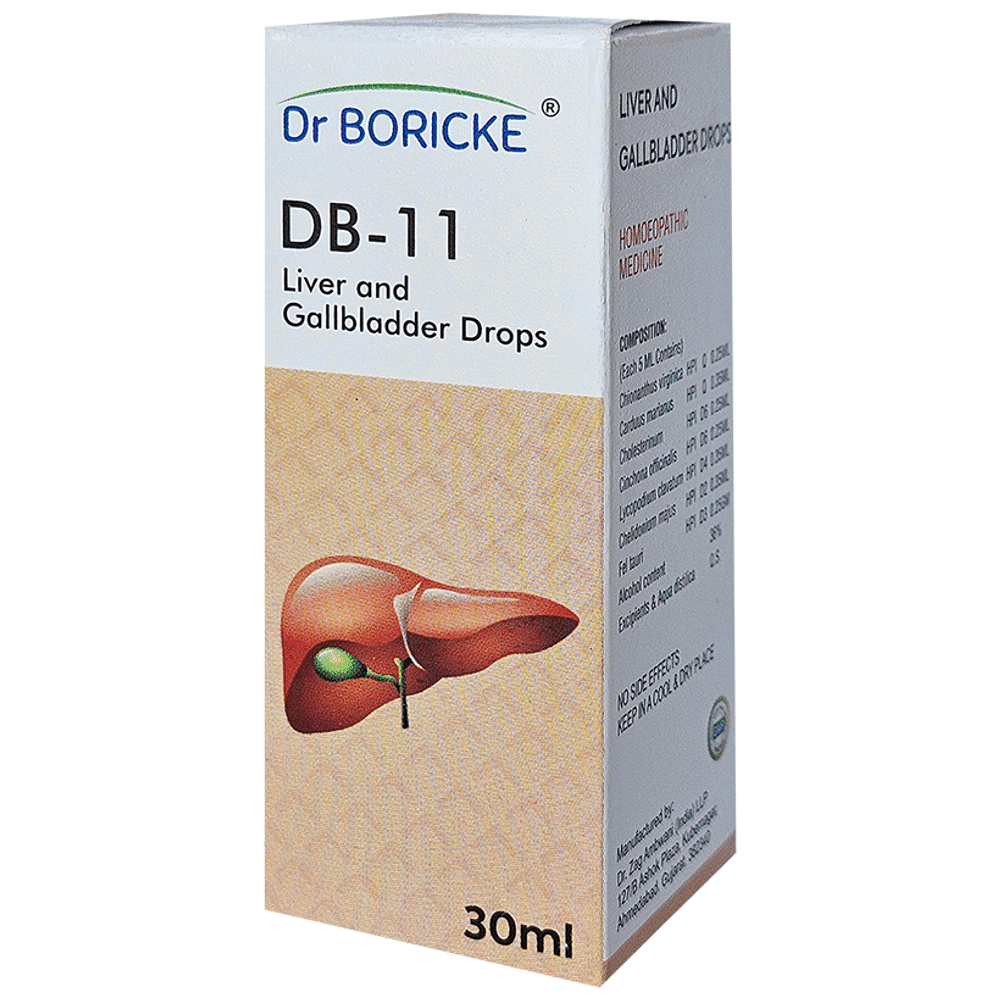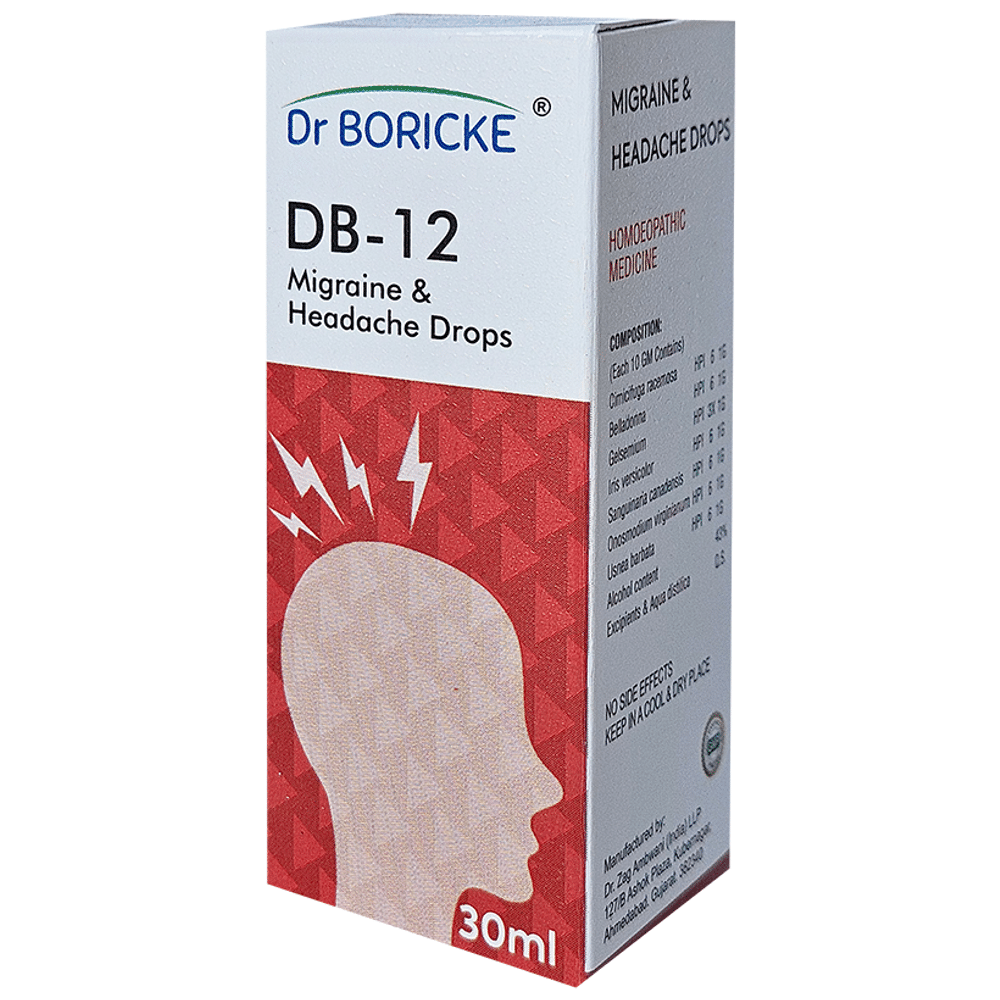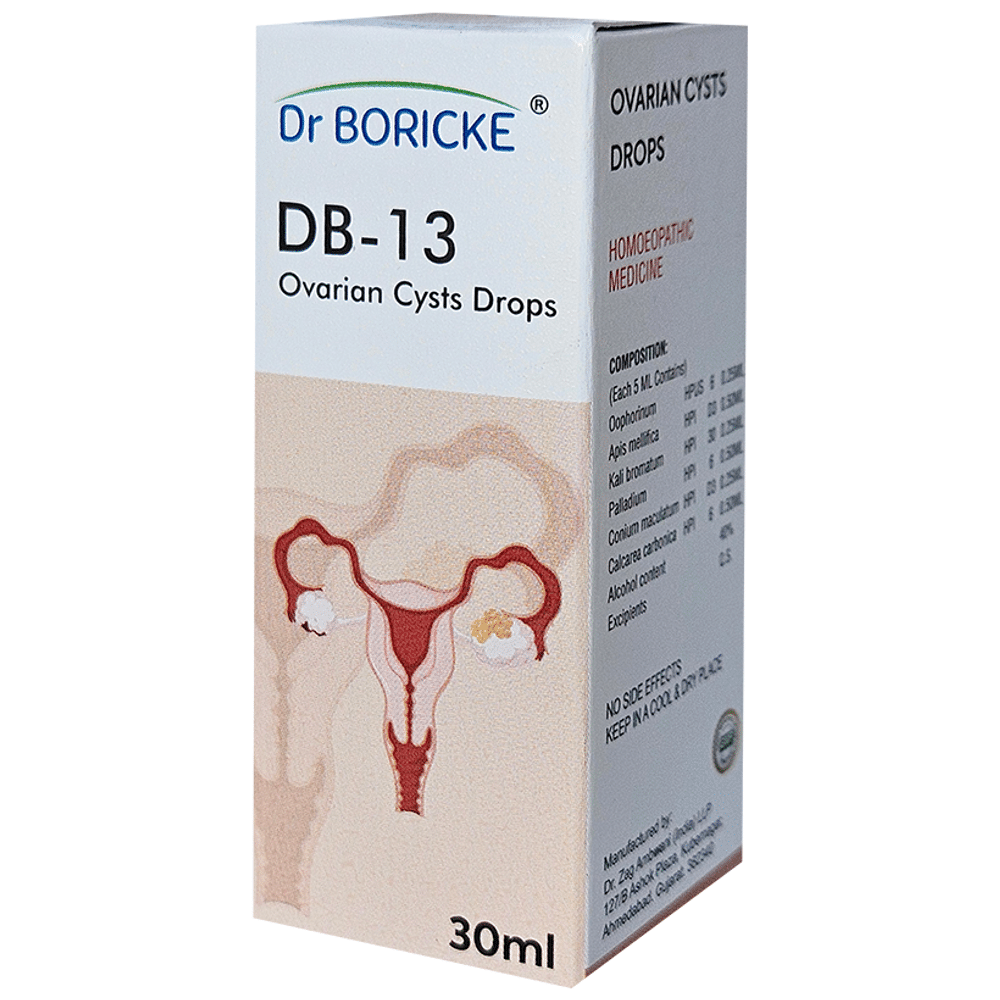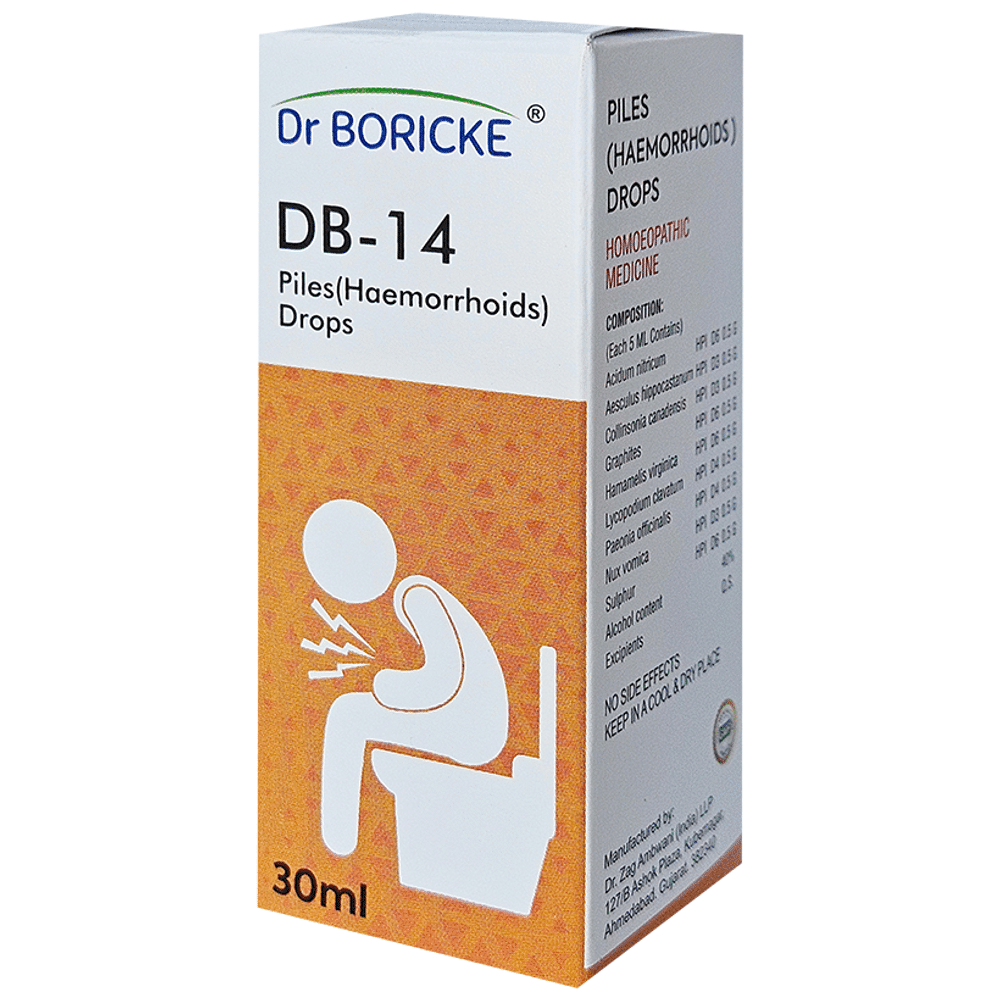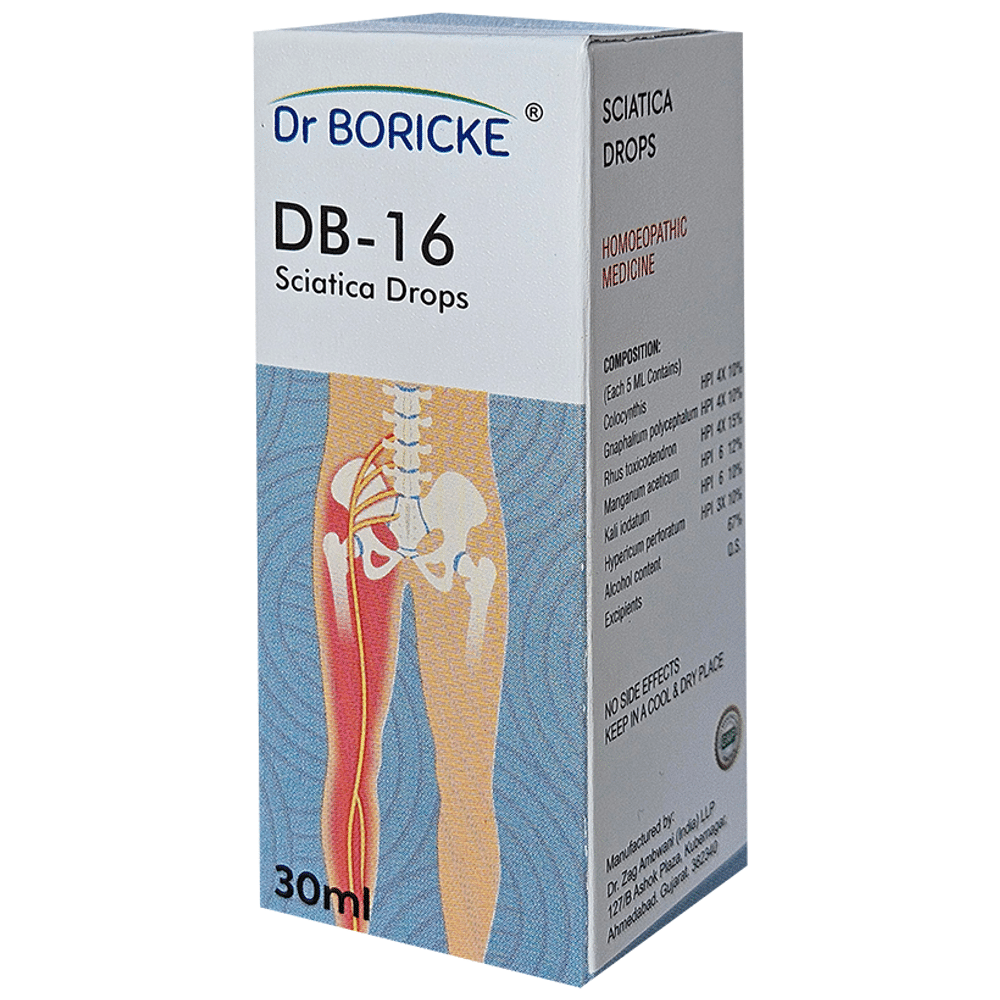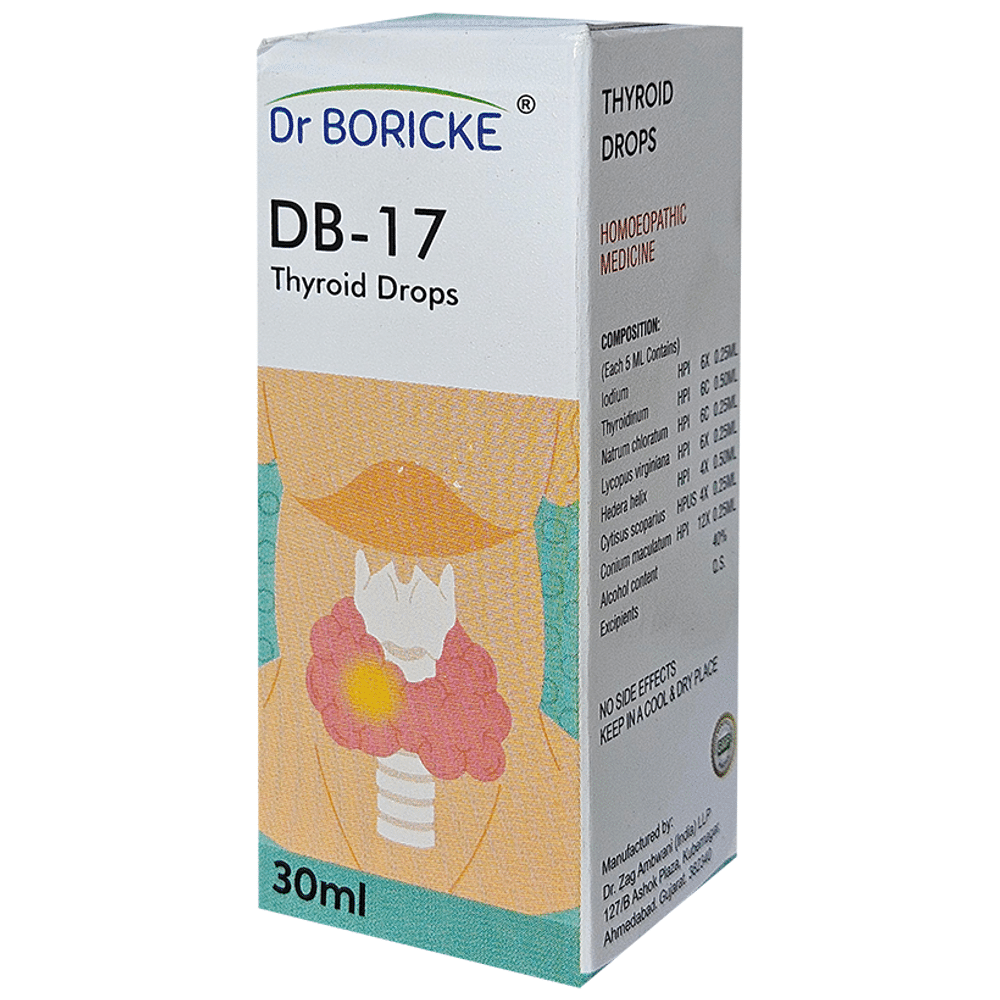
Agnus-Castus benefits
Vitex agnus-castus is a prominent natural supplement utilized to deal with a variety of health issue.
It's most typically used to treat:
- - premenstrual disorder (PMS).
- - menstrual problems.
- - infertility.
- - acne.
- - menopause.
- - nursing problems.
It's additionally touted as protection against insect attacks and certain types of cancer as well as claimed to supply a range of various other wellness effects. However, not all advantages are backed by scientific research.
Right here are the science-backed advantages-- as well as some myths-- related to Vitex agnus-castus.
What is Vitex Agnus-Castus?
Vitex, which is the name of the biggest genus in the Verbenaceae plant family, includes 250 species worldwide.
Vitex agnus-castus is the most common vitex utilized medicinally.
The Vitex agnus-castus fruit, additionally known as chasteberry or monk's pepper, has to do with the dimension of a peppercorn. It's created by the chaste tree, which obtained its name since its fruit was most likely made use of to decrease men's libido during the Center Ages.
This fruit-- along with various other parts of the plant-- are usually made use of as a natural solution to deal with a selection of disorders.
For instance, Vitex agnus-castus is used to deal with:.
- - PMS.
- - symptoms of menopause.
- - the inability to conceive issues.
- - various other problems influencing a woman's reproductive system.
As a matter of fact, it's been used in this way because ancient Greece.
In Turkish medicine, it's also used as a digestive system, antifungal and also anti-anxiety aid.
Improves problems influencing ladies's reproductive systems.
Vitex agnus-castus is especially understood for its capacity to improve conditions affecting a woman's reproductive system.
Reduces signs of premenstrual disorder (PMS).
Among one of the most prominent and also well-researched qualities of Vitex agnus-castus is its ability to minimize signs and symptoms of PMS.
These consist of:.
- - constipation.
- - irritation.
- - depressed mood.
- - migraine headaches.
- - bust pain and also inflammation.
Scientists believe that vitex works by lowering levels of the hormonal agent prolactin. This helps rebalance various other hormones, including estrogen and progesterone-- hence reducing PMS signs and symptoms.
In one research, females with PMS took Vitex agnus-castus throughout 3 consecutive menstruations. In overall, 93 percent of those offered vitex reported a decline in PMS signs, consisting of:.
- - depression.
- - anxiousness.
- - cravings.
Nevertheless, the research didn't consist of a control group, and placebo results can't be eliminated.
In 2 smaller sized researches, females with PMS were offered 20 mg of Vitex agnus-castus per day or a placebo for three menstrual cycles.
Two times as lots of women in the vitex group reported a decrease in signs and symptoms including irritability, state of mind swings, headaches as well as bust volume, compared to those offered the placebo.
Vitex agnus-castus also shows up to help reduce cyclic mastalgia, a type of breast pain connected to menstrual cycle. Research study suggests that it might be as reliable as usual drug therapy-- yet with far less adverse effects.
Nevertheless, two current reviews report that although vitex appears practical in reducing PMS signs and symptoms, its benefits might be overstated.
Better-designed researches may be needed in the past strong conclusions can be made.
May reduce menopause signs and symptoms.
The hormone-balancing results of Vitex agnus-castus might also help soothe signs of menopause.
In one study, vitex oils were provided to 23 women in menopause. Women reported enhanced menopause signs and symptoms, consisting of better state of mind as well as sleep. Some even restored their duration.
In a follow-up research study 52 extra pre- and postmenopausal females were given a vitex lotion. Of the study individuals, 33 percent experienced significant enhancements, and an additional 36 percent reported moderate enhancements in symptoms, including evening sweats and hot flashes.
However, not all research studies have observed benefits. One recent and also bigger double-blind, randomized, controlled.
After 16 weeks, the vitex supplement disappeared reliable than the sugar pill at lowering warm flashes, anxiety or any other menopausal symptoms.
Keep in mind that in lots of research studies reporting advantages, females were given with supplements that blended Vitex agnus-castus with other natural herbs. As a result, it's difficult to separate the impacts of vitex alone.
Might improve fertility.
Vitex may improve female fertility because of its possible impact on prolactin degrees.
This may be specifically true in women with luteal phase issue, or a reduced second half of the menstruation. This problem is linked to extraordinarily high prolactin degrees and also makes it tough for women to conceive.
In one research, 40 women with extraordinarily high prolactin degrees were given either 40 mg of Vitex agnus-castus or a pharmaceutical medication. Vitex was as efficient as the medication in decreasing prolactin degrees.
In an additional study in 52 ladies with luteal phase problem, 20 mg of vitex caused lower prolactin degrees and also prolonged menstruation phases, while individuals offered a sugar pill saw no benefits.
Yet an additional research study provided 93 females-- that had unsuccessfully tried to become pregnant over the last 6-- 36 months-- a supplement containing Vitex agnus-castus or a sugar pill.
After 3 months, women in the vitex group experienced an enhanced hormonal agent equilibrium-- as well as 26 percent of them became pregnant. In contrast, just 10 percent of those in the sugar pill team conceived.
Remember that the supplement held a mix of other ingredients, making it tough to isolate the impacts of vitex.active
Irregular durations can also interfere with ladies in planning a pregnancy. Three added studies report that vitex is more effective than a placebo in enhancing menstrual cycles in women with uneven durations.

